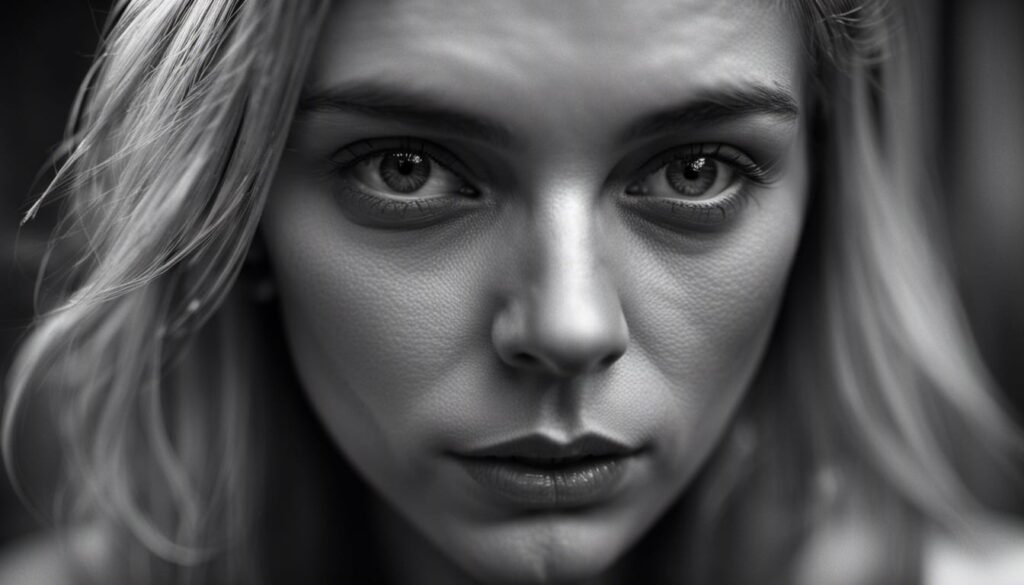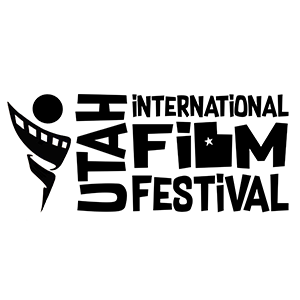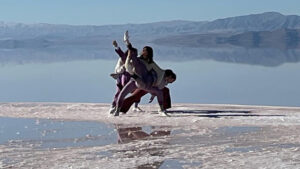Illuminating the Big Screen: A Closer Look at Lighting Techniques

Film production is an art that combines various elements to create captivating stories on the big screen. Among these elements, lighting plays a crucial role in setting the mood, enhancing visuals, and conveying emotions. In this blog post, we will delve into the world of lighting techniques used in film production, exploring how they contribute to the overall cinematic experience.
1. Natural Lighting:
One of the most fundamental lighting techniques is utilizing natural light. Filmmakers take advantage of sunlight or other available light sources to create a realistic and authentic atmosphere. Natural lighting can be used to enhance the beauty of outdoor scenes, provide a sense of time and place, and add a touch of realism to a film.
2. Three-Point Lighting:
Three-point lighting is a classic technique that involves three main light sources: key light, fill light, and backlight. The key light is the primary light source, providing the main illumination on the subject. The fill light helps to soften shadows created by the key light, while the backlight separates the subject from the background, providing depth and dimension. This technique is widely used in both film and photography, allowing filmmakers to control the overall look and feel of a scene.
3. High Key Lighting:
High key lighting is characterized by a bright, evenly lit scene with minimal shadows. This technique is commonly used in comedies, musicals, or light-hearted films where a cheerful and positive ambiance is desired. High key lighting creates a sense of openness and promotes a joyful atmosphere, often associated with happiness and optimism.
4. Low Key Lighting:
In contrast to high key lighting, low key lighting is used to create a dramatic and mysterious atmosphere. This technique involves using minimal lighting to create strong contrasts, resulting in deep shadows and limited visibility. Low key lighting is commonly employed in film noir, thrillers, or horror genres, adding suspense and tension to the narrative.
5. Chiaroscuro Lighting:
Chiaroscuro is an Italian term that means “light-dark” and refers to a lighting technique that emphasizes the contrast between light and shadow. This technique creates a visually striking effect, often associated with high contrast and dramatic visuals. Chiaroscuro lighting is commonly found in films that aim to convey intense emotions, portray key moments, or establish a powerful visual impact.
6. Practical Lighting:
Practical lighting involves using real light sources within the scene, such as lamps, candles, or neon signs. This technique adds realism and a sense of authenticity to the film, as the light sources are physically present in the scene. Practical lighting can also influence the mood and atmosphere of a scene, enhancing the overall storytelling.
7. Soft Lighting:
Soft lighting is characterized by a diffused and gentle illumination that minimizes harsh shadows. This technique is often used in romantic or emotional scenes to create a softer and more flattering look. Soft lighting can evoke a sense of intimacy, tenderness, or vulnerability, enhancing the emotional connection between characters and the audience.
Lighting techniques in film production play a vital role in shaping the visual narrative, setting the mood, and conveying emotions. Whether it is capturing the natural beauty of sunlight, creating dramatic shadows, or using practical light sources, filmmakers utilize various lighting techniques to enhance the overall cinematic experience. By understanding and implementing these techniques effectively, filmmakers can bring their stories to life on the big screen, captivating audiences and leaving a lasting impression.




